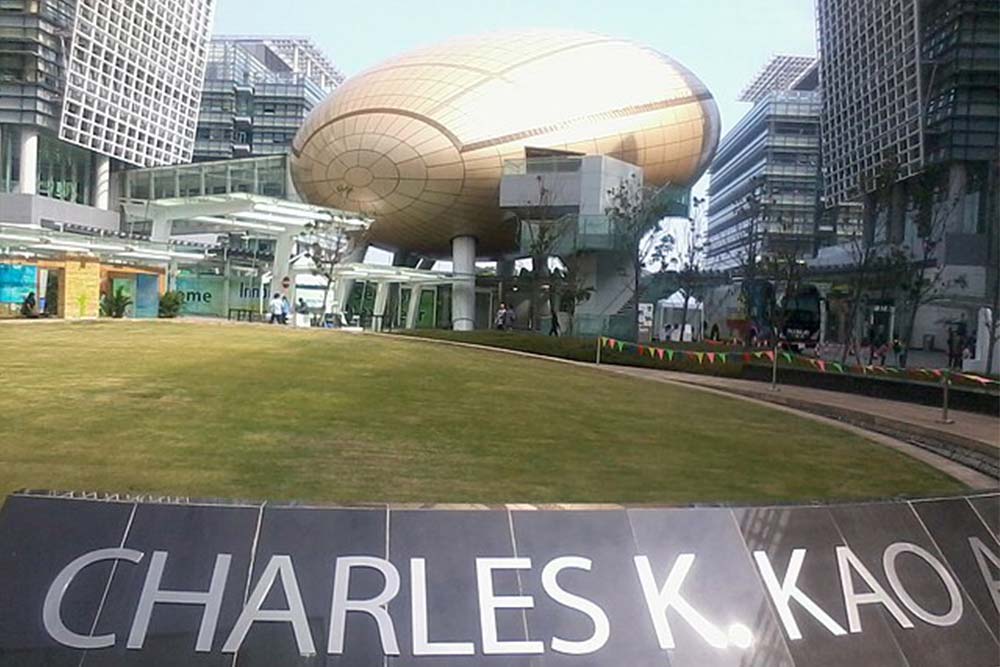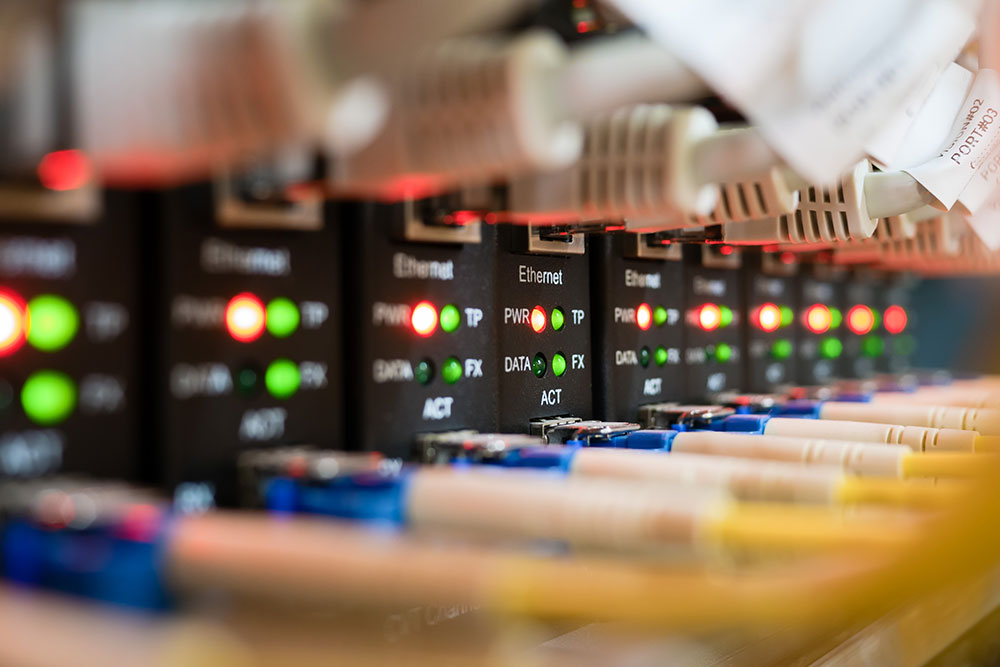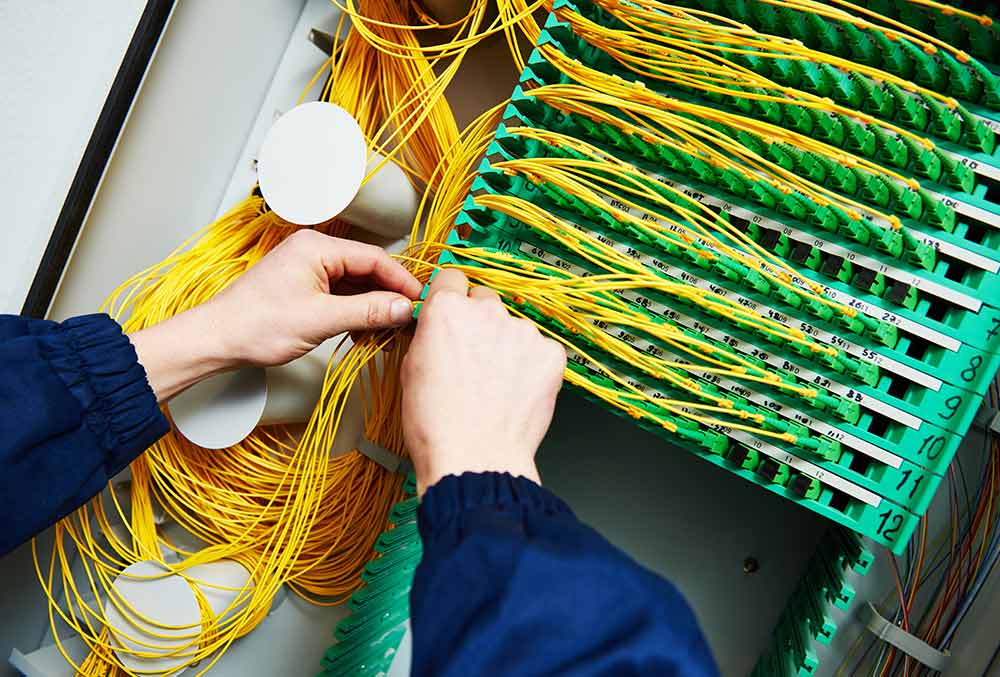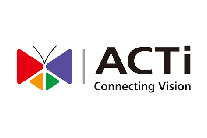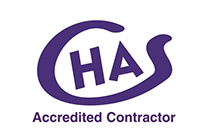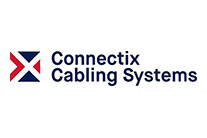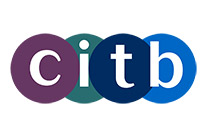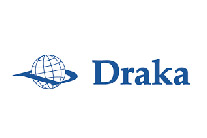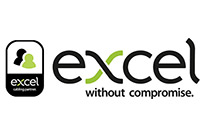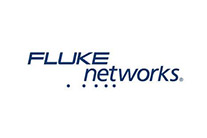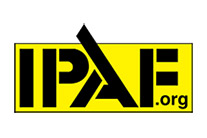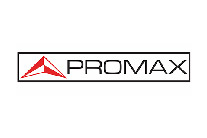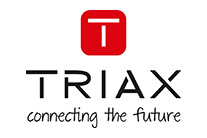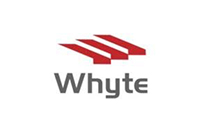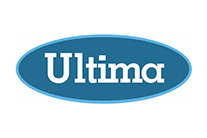Comparing costs: The long-term savings of investing in fibre optic cabling vs traditional copper wire
25th March 2024

There is ongoing debate about the benefits of fibre optic cabling, compared to traditional copper wire. While initial costs can influence decision making, it’s important that businesses consider the long-term financial implications, too.
Here, we delve into the comparative costs and benefits of fibre optic cabling vs traditional copper wire. You’ll find that there are long-term savings that can be achieved with a forward-thinking approach to maintaining your network’s infrastructure, giving your business the best chance of performing well for years to come.
Initial Investment and Installation
We know that fibre optic cabling appears to be the pricier option at first glance. The reason for this higher upfront investment is down to the materials and specialised installation process. However, when you take into account the lifespan of the network, you may find you’ll save money in the long term.
When looking at installation, it’s important to remember that fibre optic cables are not only lighter, but also more flexible, which could reduce labour costs and make the installation process rather straight forward.
Maintenance and Durability
Over time, you will see the maintenance costs associated with copper networks will outweigh the savings you’ll make on initial outlay. Copper wires are more susceptible to damage from the environment, corrosion, and electromagnetic interference (EMI). Fibre optic cables are much more resilient. This means you’ll spend less on maintenance and enjoy an extended life for your cabling, leading to savings in the long run.
Scalability and Future-Proofing
If you ever want to update your fibre network in the future, it is easy to do so. This means you can meet the demands of your growing business, without having to lay a whole new set of cables. This is a contrast to copper networks.
It would be wise to choose the option that allows for expansion, without the huge investment of upgrading.
Energy Efficiency
Fibre optic cabling is more energy efficient than copper wires, leading to lower operational costs. The network consumes less power and can still transmit data over long distances. This saving on your energy bills may just persuade you to opt for fibre.
Long term savings are substantial when it comes to choosing fibre over copper cabling. From reduced maintenance and energy costs, to improved data efficiency and scalability, the benefits of fibre make a compelling case. If you want to futureproof your business and its digital infrastructure while keeping long-term operational costs low, fibre could actually be the more cost-effective decision.
Speak to us at C-Tech Solutions to find out how we can assist you in your journey into the world of fibre.
To share this post please choose your platform!
Contact C-Tech Solutions
If you’re looking for an experienced and reliable partner with considerable expertise in network infrastructure, fibre-optics, copper cabling and all related building services then we invite you to reach out to our team.
See why a growing number of organisations trust C-Tech as their preferred supplier.

